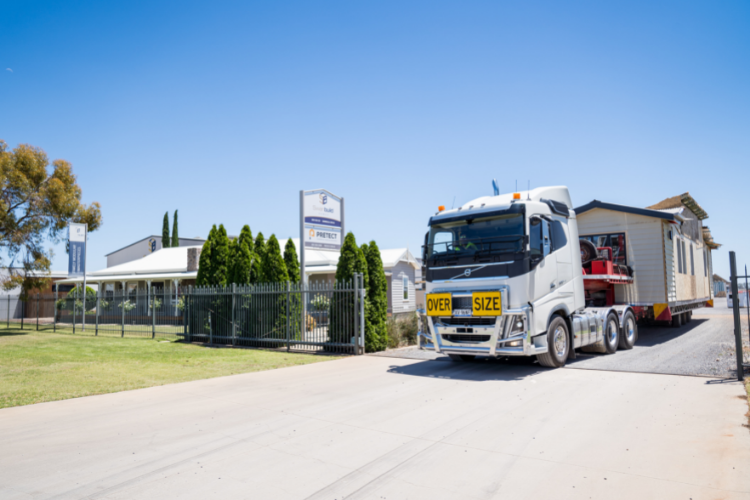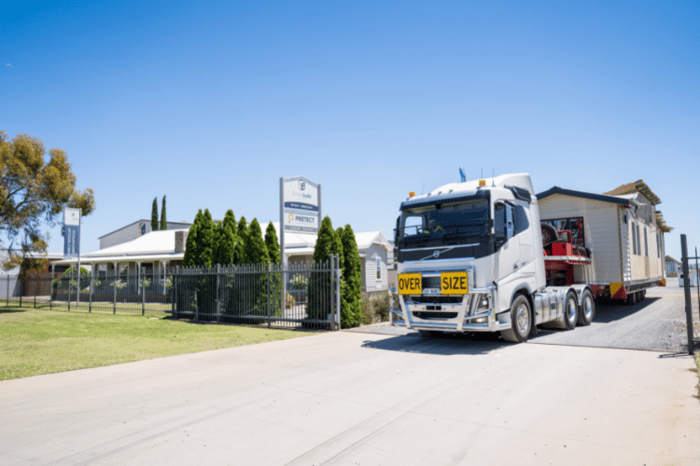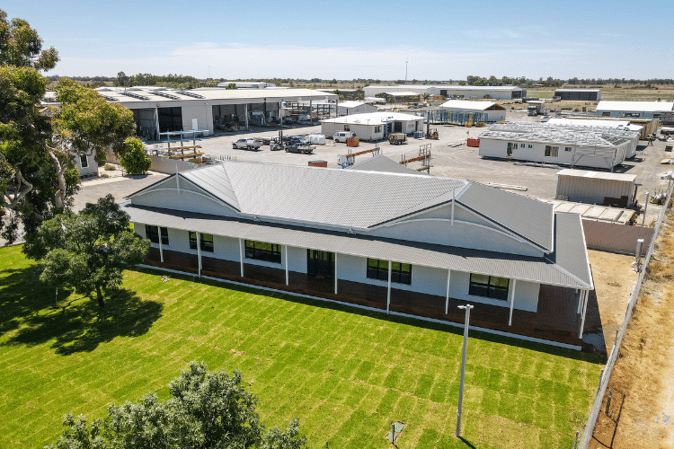-
Leading builders of Modular Homes in NSW, VIC, & SA
-
-
Leading builders of Modular Homes in NSW, VIC, & SA

When you choose to build your home, there are three general options available to you. Firstly, there is the traditional on-site build, which most of us are familiar with. Secondly, there is the choice of a Kit home, where the home is supplied in pieces for you to build. Lastly, there is a modular home, of which the majority is built in a factory setting, and put together on site as modules, as the name suggests. Each of these choices has their own advantages and disadvantages.
KIT HOMES: A CHEAPER OPTION
Kit homes are supplied to the customer in pieces for you to build yourself or manage with a local builder. The main advantage of a kit home is that it is the cheapest option for home building. But, a substantial amount needs to be done by the homeowners. If you enjoy managing a project or are handy and want to build your home yourself, this may be the ideal choice for you.
The disadvantages of a kit build
However, there are some things to be aware of when building a kit home. Check what is included beforehand, as it might not come complete. The quality of the home can also be affected by various factors, from the kit suppliers to onsite builders; anyone who has a hand in the process. Because there is not one entity overseeing the entire build, this may also influence the continuity of the build. Kit homes are built on site, so the build could be marred by inclement weather and other external factors. Whilst it is a cheaper option, it is important to recognise a kit home does not include fixtures and fittings. These add a significant cost to the build.
ON SITE HOMES
The benefit of traditional builders is that they can provide great, quality homes, and have the ability to customise designs. The major disadvantage is that they are built on site. Rain, heat and frost can spoil the building materials or delay construction. The building site could also be affected by the location of the build. If it is in a rural area or on a difficult block, it could be tricky for the builders to access the site. Likewise, a build in the city may be affected by external factors too: traffic, roadworks, lack of parking for the workers. All of these factors of building onsite can lengthen the build time considerably. Usually it is around six months for a conventional on site build but sometimes it is as long as a year.

MODULAR HOMES
Many people are under the impression that modular homes are not of as high a quality as traditionally built houses, but nothing could be further from the truth. Modular homes offer many advantages. Like a conventional build, they can be customised and use high quality materials. The main advantage of a modular home is that 95 percent of the build is done in a factory. This means that there are no delays due to weather, vandalism, or other issues of building directly onsite. This means that while regular builds can take months and months, your home can be ready in a shorter timeframe. Whilst there is a higher cost than kit homes, the home is managed and built by a team of professionals, with nothing left to you. In addition, there is a fixed price with inclusions, so you can organise your budget. The fixed price is available due to costs saved with less tradespeople and less waste in the factory setting. You can also have a ‘built to lock up’ home if you would like to manage some of your home without over committing.
Ideal for difficult sites
Another huge advantage of a modular home is that it is especially suited for difficult sites. For properties that are difficult to access, for example with a steep slope, it is not a huge concern. The factory build means that the actual site need only be accessed to install the piers, put the modules onto the piers, and to add the finishing touches. Another common issue with rural builds is that tradespeople can be difficult to come by. This is where a modular build is also ideal. The majority of the build is completed in our central Swan Hill and Bendigo factories and the finishing touches applied on site. We have a team of tradespeople who are employed in an ongoing capacity. Modular homes are also ideal for bushfire or flood prone areas, particularly those rebuilding. We have vast experience building for houses that need to weather these conditions, and the short build time means customers can be in their home quickly.
The modular process
We have a clear, six step building process, which we walk through with their customers to keep them informed and aware.
- Choosing Home Design: choose from our wide range of designs or customise a design.
- Organising plans and approvals: we organise the plans and approvals for you.
- Signing the contract: we walk you through the contract and price so that there are no surprises.
- Selecting home finishing items: you choose the fixtures, fittings and finishes for your home.
- Constructing your home: we build your home in modules in our factory, where you can come and check the progress.
- Moving in: we set the modules onto the piers on your property, put on the finishing touches and hand you the keys!

Each type of home has its own advantages and disadvantages. It is important to choose the one that suits your needs and budget. Whilst you can undertake a kit home yourself, and a traditional onsite build can give you a high quality home, a modular home gives you both quality and a speedy build, no matter where your property is located.


